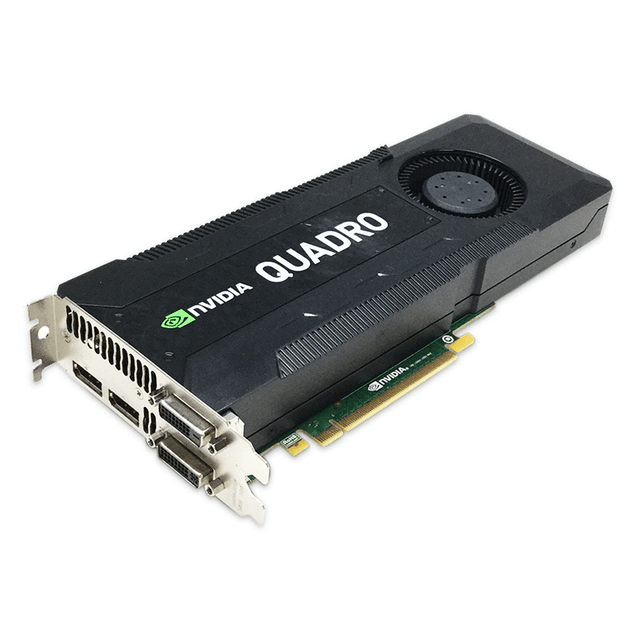

Costing about the same money to make as their gaming counterparts, professional products come at much higher prices, bringing in a lot of profit, which is the reason why AMD and Nvidia are both trying to win professional users as well.įollowing the release of the new graphics architectures, AMD GCN and Nvidia Kepler, in early 2012, both manufacturers updated their professional product line-ups in the second half of the year. And even though the number of professional users is not large compared to the million-strong army of gamers, this market is really important for the GPU makers. It is dominated by Nvidia which has been enjoying an 80% and higher share for the last several years.

The best illustration of the different nature of the professional graphics market is the fact that it is not shared in the same way as the market of gaming graphics cards. That’s why graphics cards for CAD/CAM and HPC applications must be discussed separately. Then, professional users expect better tech support and have stricter stability and reliability requirements. First and foremost, professional applications for 3D modeling or high-performance computing are quite a different kind of load compared to video games. Although both kinds of solutions are actually based on the same hardware components, the two markets are absolutely different for a number of reasons.
#Nvidia quadro k5000 graphics card download
To figure out your graphics card specs and performance download our free GPU Benchmark utility.Besides catering to gamers with their Radeons and GeForces, AMD and Nvidia also develop graphics cards for professional users. This isn't a measure of power consumption, but it's good estimate. This measures the amount of heat the GPU produces when running at 100%. Power and thermals for the NVIDIA Quadro K5000 are a TDP (Thermal Design Power) of 122 watts.

The raw technical specs of the Quadro K5000 are: 1536 total shading units (general purpose parallel cores capable of processing different aspects of the graphics pipeline), 128 texture mapping units (specialised processors in texture operations, this determines the texture rate) and 32 render output processors or units (the final step in the rendering pipeline, responsible for rasterising the image) Newer APIs are usually more efficient allowing for better performance in games and better graphical effects. In addition, in cross platform titles OpenGL 4.5 features are supported. Furthermore, it a texture fill rate of 90 Gigatexels/s, the number of pixels the GPU can rendering per second.Īs for rendering API support, the Quadro K5000 supports up to DirectX 11. In addition, this NVIDIA GPU has a pixel rate of 23 Gigapixels/s, the number of pixels the GPU is capable of outputting every second. The performance specs of the Quadro K5000 are a raw floating point performance of 2.17 TFLOPS : this represents the number of floating point (decimal) operations completed per second. A higher clock does not guarantee better performance by itself, this also depends on the number of shading units and other elements of the pipeline. The core clock is directly related to the performance of a GPU, the higher the clock the more processing can be done per second. In terms of clock speed, the Quadro K5000 GPU core runs at a frequency of 706 MHz. If you run out of memory, you will experience poor performance as the GPU needs to swap data in and out of the memory as it is used. More memory is beneficial when gaming a high resolutions as the memory needs to store the framebuffer and all of the game textures.

The Quadro K5000 has 4 GiB of GDDR5 memory with a total memory bandwidth of 168 GB/s. This chip has an average gaming score at 18% in our GPU benchmark.


 0 kommentar(er)
0 kommentar(er)
